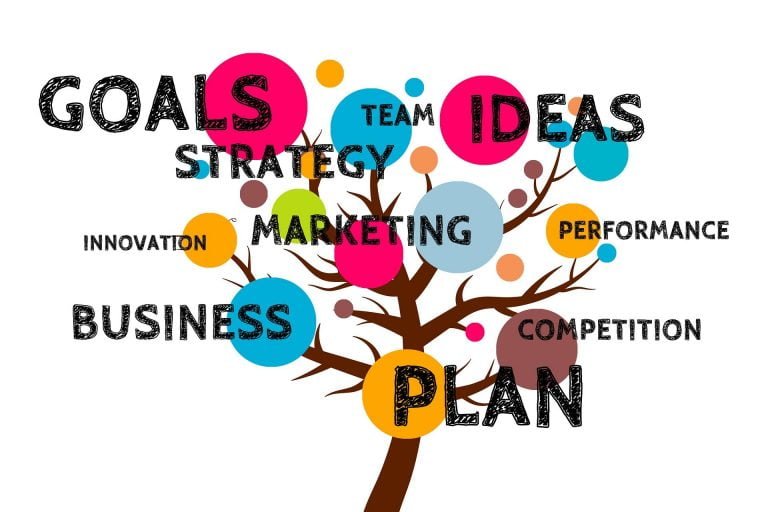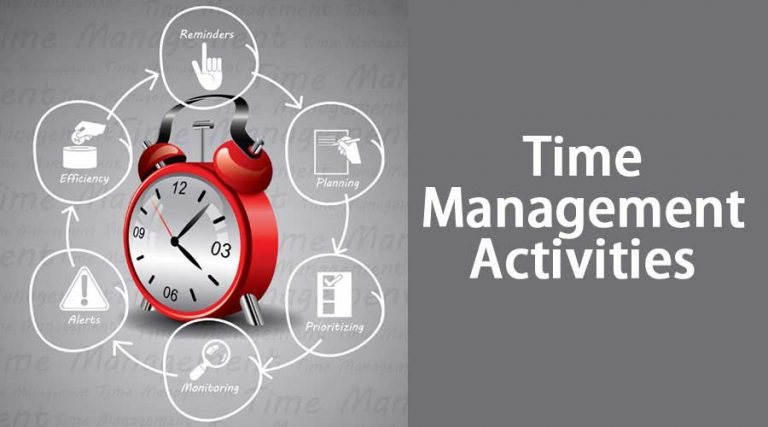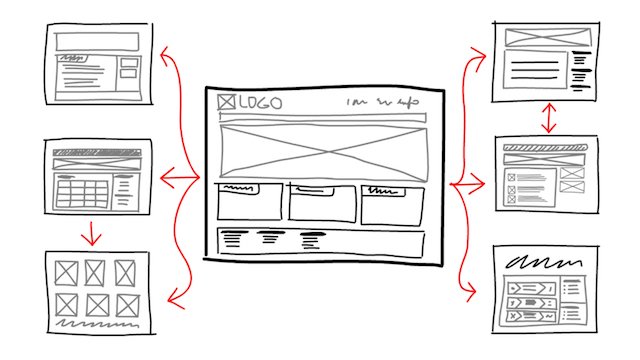How to Deal with Your Problems
To deal with your problems is a necessary set of skills one should know of as every person faces problems in his/her life; even the wealthiest individual on the globe has to face some kind of challenges in his life. But there are the times when you feel like problems are overpowering you and you might not be able to get past through this phase. But you can solve your problem by taking the whole responsibility and making the path to rectify it in a very constructive way.
In this way, you can deal with any kind of problem that comes in your way. You have to face the resistance in your way to progress if you ignore your problems. Sometimes, the problem is not big but you just do not want to admit it that it is all because of you. In other words, the trouble is: You won’t find a solution by saying there is no problem.

Problems might become a bit more difficult if the strategies or solutions that you have tried in the past don’t work. Problems of this kind cause a great deal of stress and demand new and different strategies. Several steps to solve a problem are as following:
Step 1: Is there a problem?
As a first step, it is essential to realize that there is a problem. Because problems can cause anxiety and stress and most of the people try to avoid, ignore or even procrastinate while dealing with their problems. If you ignore a problem when it is small, then it will come back in the form of some big problem. So, all you had to do is to recognize the problems at the initial level. Now the question arises, “How can you identify the problem at early stages?”
To answer this question, you had to do a couple of things. First of all, get in the habit of making the list of problems that you face in your life. It is easy for you to work on the things that are already listed. Plus it will help you to see what kind of problems you are facing repeatedly. Secondly, use your feelings. People mistakenly believe that our negative emotions are the problems. But to find out the exact root of your problem, let your negative emotions guide you. When you are feeling anxious, frustrated or annoyed in a particular situation, try to find the problem that is making you feel that way.
Step 2: What is the problem?
Before trying to solve a problem, you first need to define it. Some tips to define a problem are:
- Focus on the problem itself.
Now ask yourself the following question: What is the situation? What would the situation I like to be? What is the obstacle that is keeping me from my desired situation?
- Just the Facts:
It means that you should have to focus on the facts and figures of your problem. You should be careful to avoid putting opinions and other assumptions aside. By not doing so, you can make the problem almost impossible to solve.
- Be specific and concrete:
If you are too unclear while defining your problem, it will be difficult to know how to even begin solving it.
Step 3: Deal with Your Problems
To know if you have solved your problem, you have to think ahead, that how a solved problem will be like. Some of the points you have to focus in case of setting your goals:
- Be Realistic:
You have to make sure that the goals you set are achievable and realistic. If they are unrealistic, you will certainly not able to get the desired target and as a result, you will feel bad. So, you have to be realistic in terms of your goals.
- Be Specific:
If your goals are unclear, you will never come to know when you have achieved them. For example, if you consider that your goal is to be happy at your workplace, then you have to define what happiness is for you. In short, you have to be specific.
Step 4: Thinking up Solutions
Each problem requires a different type of solution. If a solution is helpful in a certain situation it does not mean that it will help you in every situation. To deal with your problems, you have to find out a new solution, and you have to do a little bit of brainstorming. For example, you can make a list of solutions then you can choose anyone from them. In other words, you should have more options. Another thing is that do not judge your solutions. You should have to remember that by doing this you are not choosing a solution, you are just trying to think of as many options as you can. Even if they sound strange or silly, do not make an opinion. At times, even these kind of solutions results in good ones. If you are having a hard time coming up with a solution, you may ask your friends or family for help.
Step 5: Deciding on a Solution
If you are facing any kind of anxiety while picking a solution to your problem just keep this thing in mind, that not solving a problem is more difficult than this and can lead to more anxiety. Following guidelines can help you to find a suitable solution to your problem:

- Will the solution, you choose, fix your problems?
- Will it help you to reach your goal?
- How much time, effort and level of concentration do this situation need?
- How will you feel if you pick up a certain solution?
- What are the benefits of this solution to you and others?
- What are the advantages of this right now and in the long term?
Step 6: Carrying out the Solution
This step is the most difficult because it is the time when you have to choose the solution. Most of the people are afraid that they might pick up the wrong solution. To help you to carry out the solution, you have to make an action plan. It is significant to know how you are going to carry out your solution. The action plan should be specific and concrete. For example, if your solution is to get a new job, the steps you have to follow in that solution are:
- Make a list of jobs that you want to have
- Mark the ads in the newspaper about that specific kind of job
- Contact all the employers who give advertisements
- Rearrange your work schedule so you can go to interviews
Step 7: Checking in on Your Problem
The last step to deal with your problems is to check that your solution works out properly or not. Sometimes, the perfect plan does not turn out perfectly. So, it is necessary to know whether you are on the right track or you have to make some changes. In some cases, the solution is not perfect, then the best thing is to recycle through different steps and ask yourself:
- Did I define the problem properly?
- Were the goals of my problem realistic?
- Are there any other possible and realistic solutions to my problem?
- Did I carry it out as I planned it?
If you work on these steps, you can easily find out what went wrong and then you will be able to fix your problem. To sum up, you just have to look at your problems and try to find the best possible solution. Stay focused on what you want. Don’t be pushed by your problems. Be led by your dreams. You are all you can be. Go on and be it.







